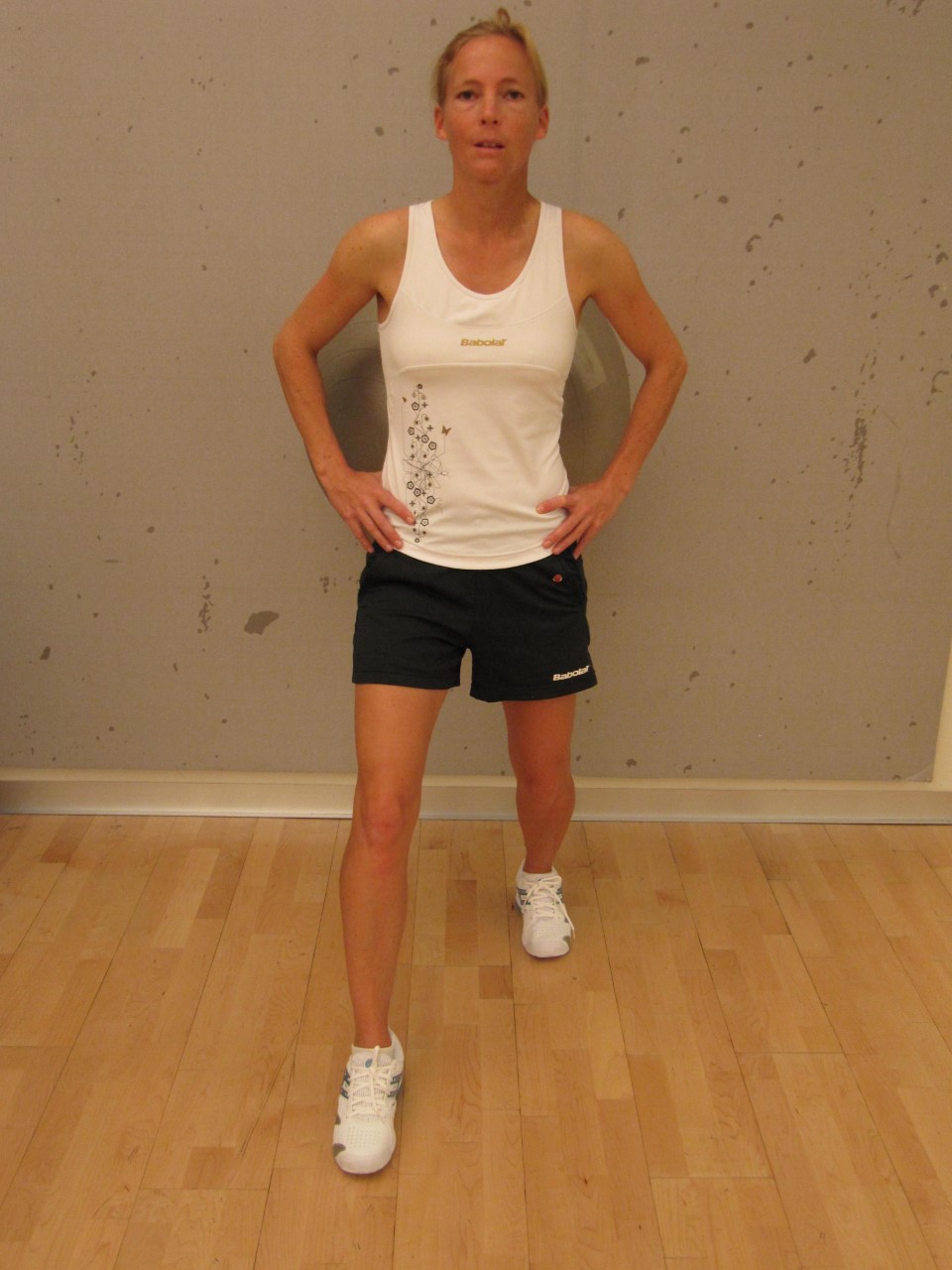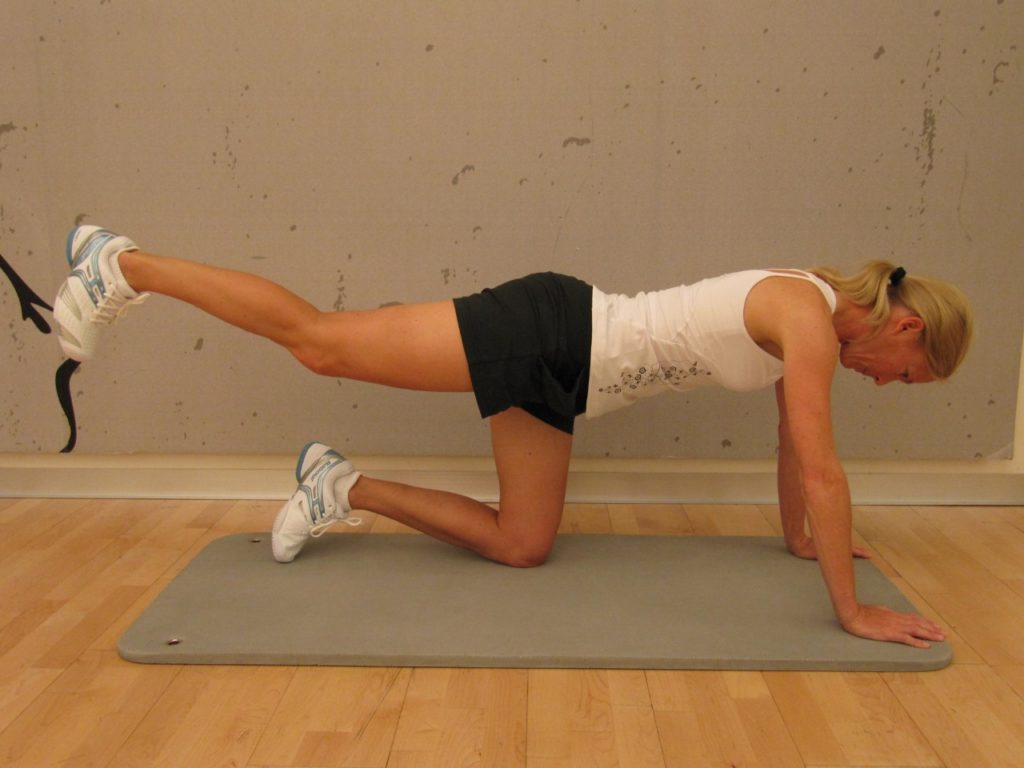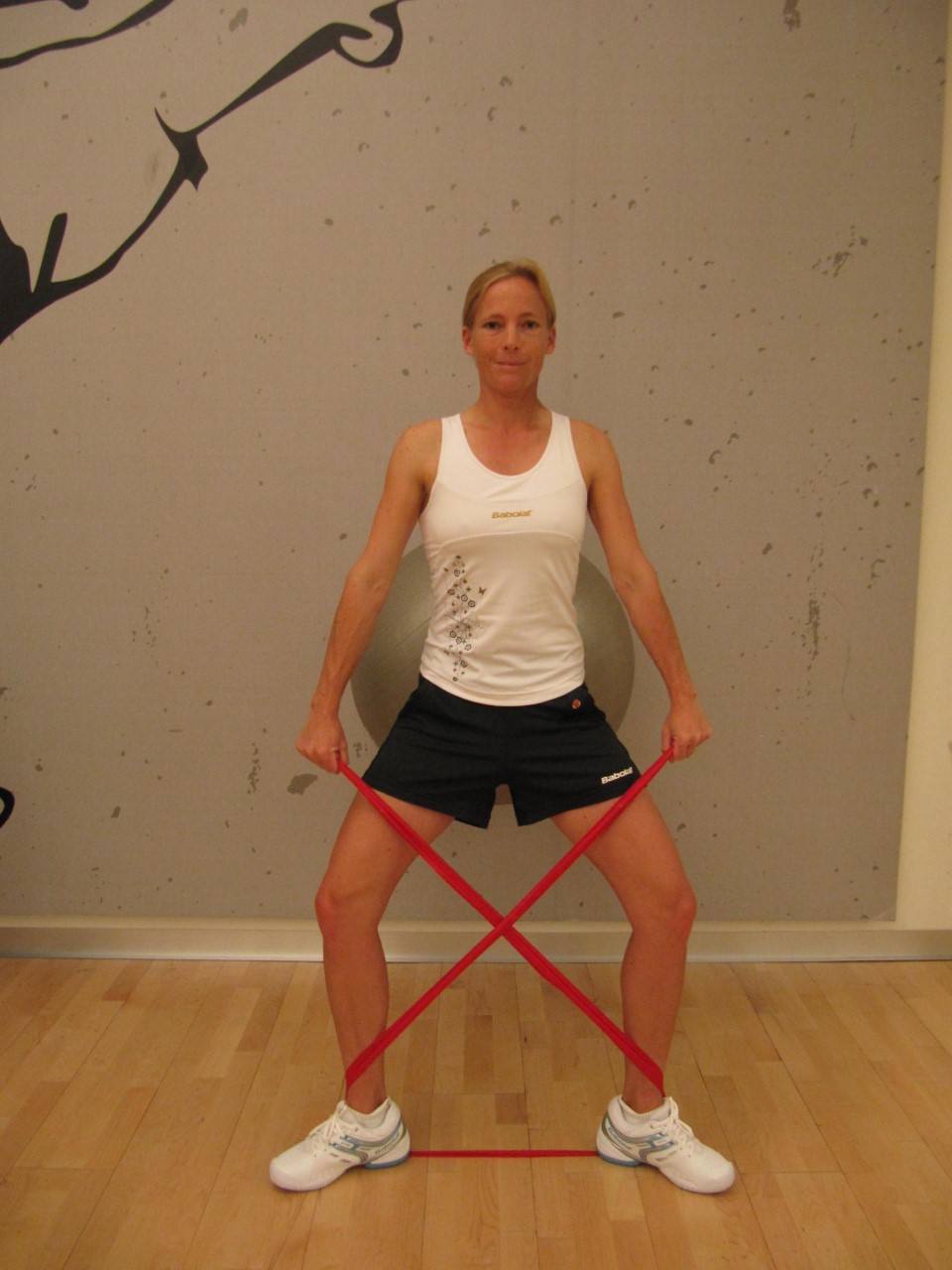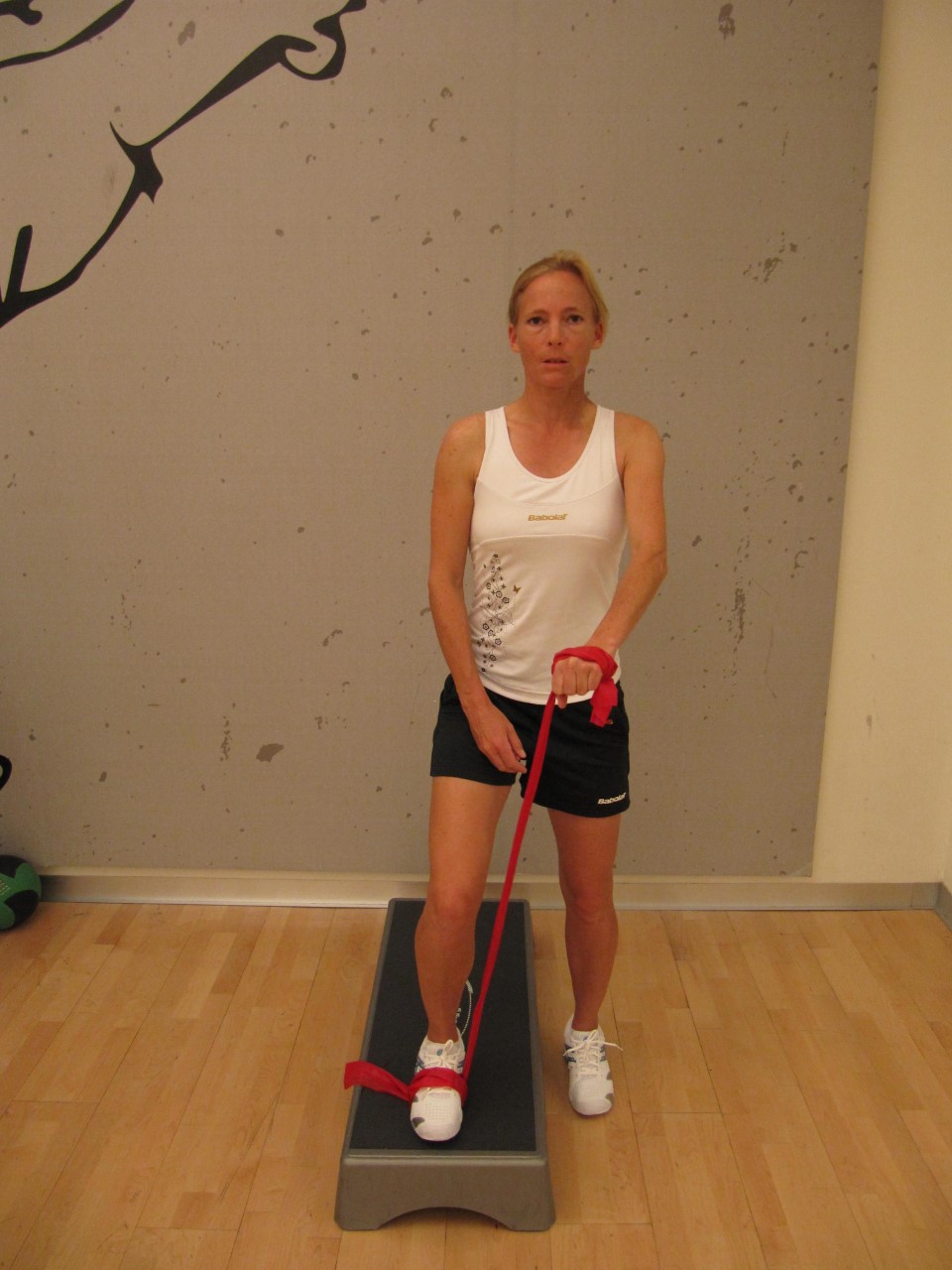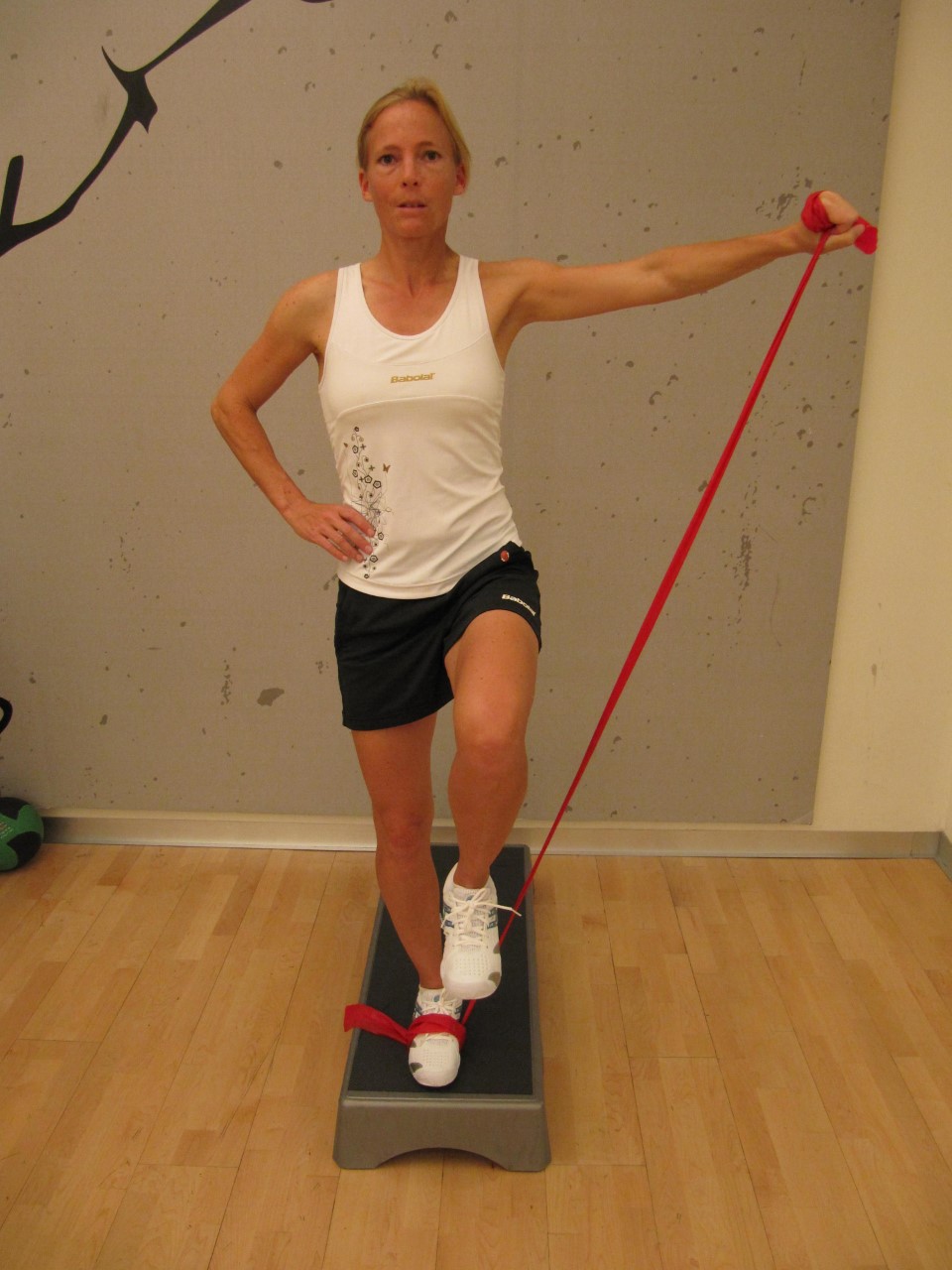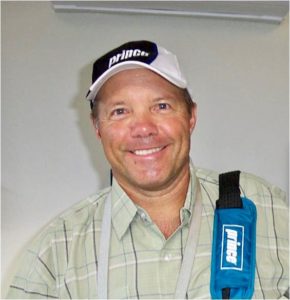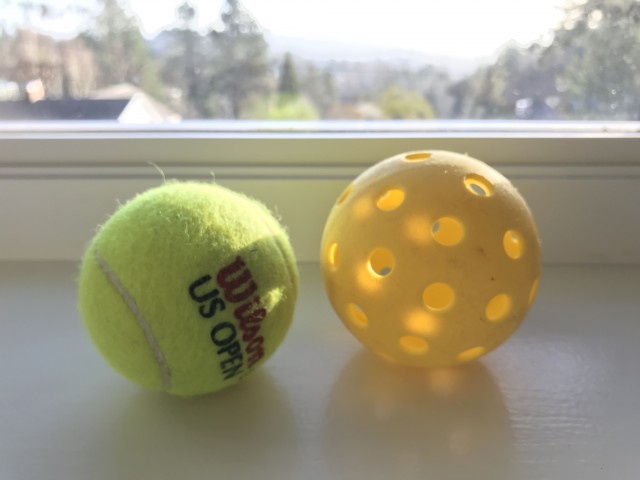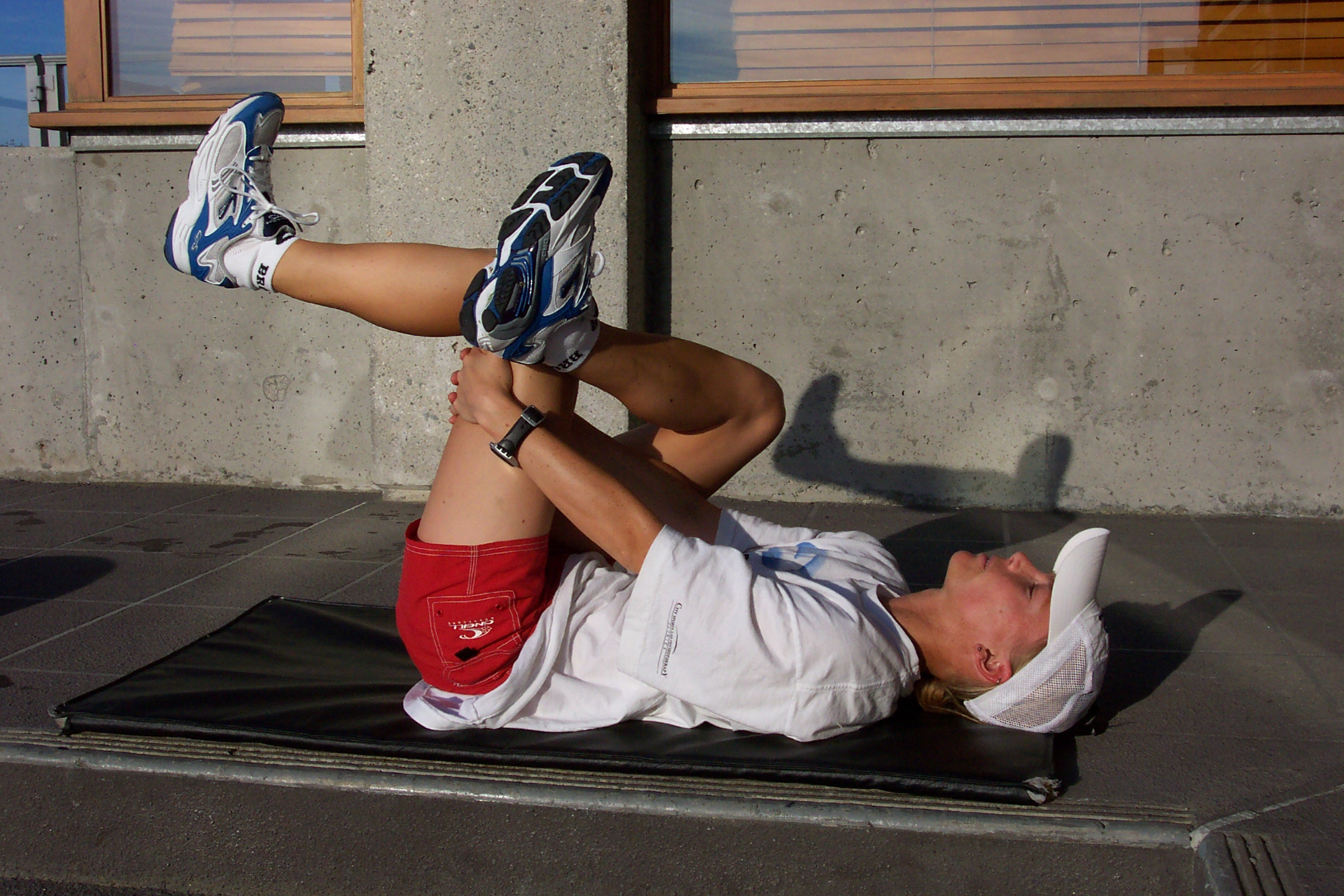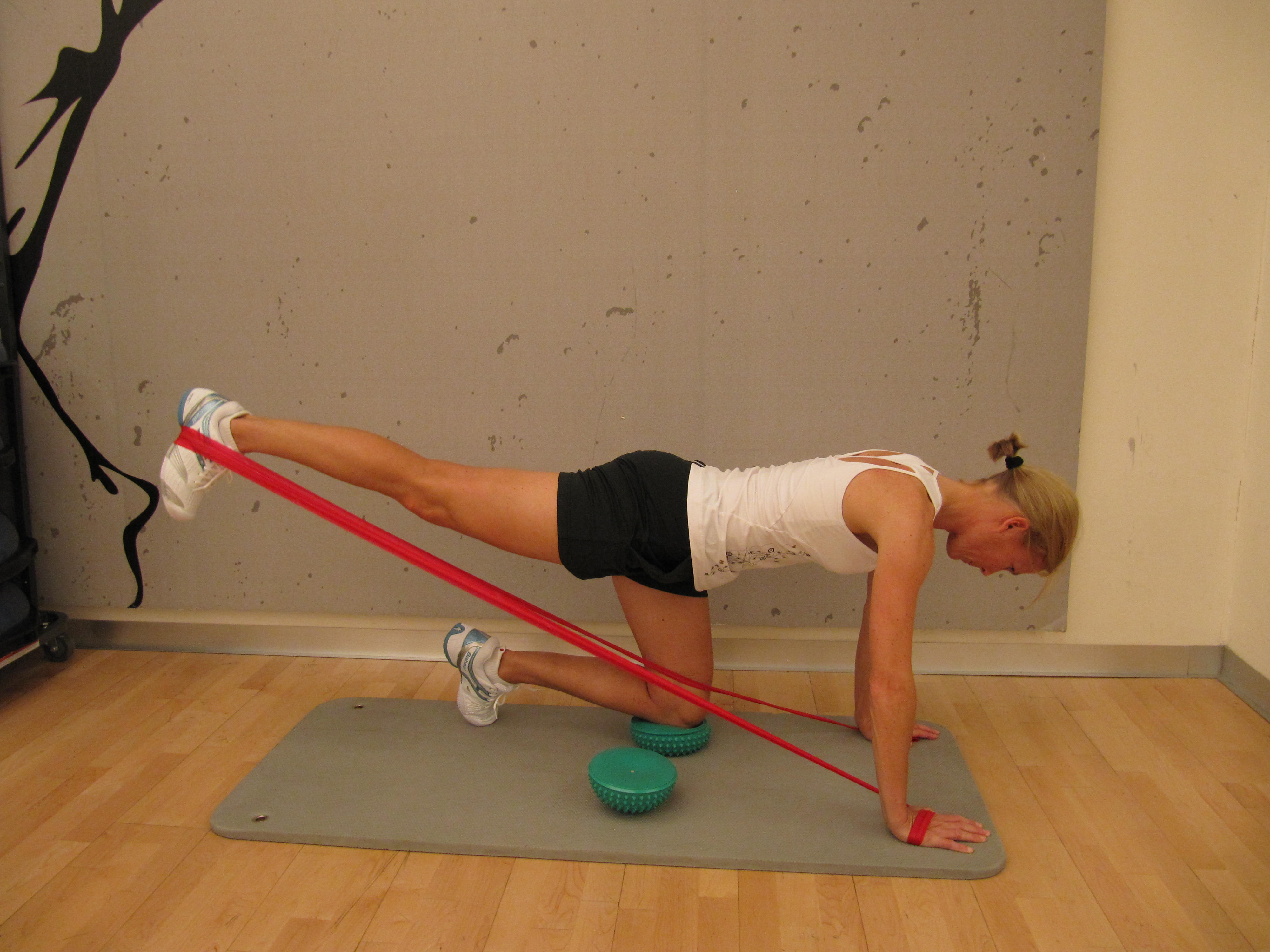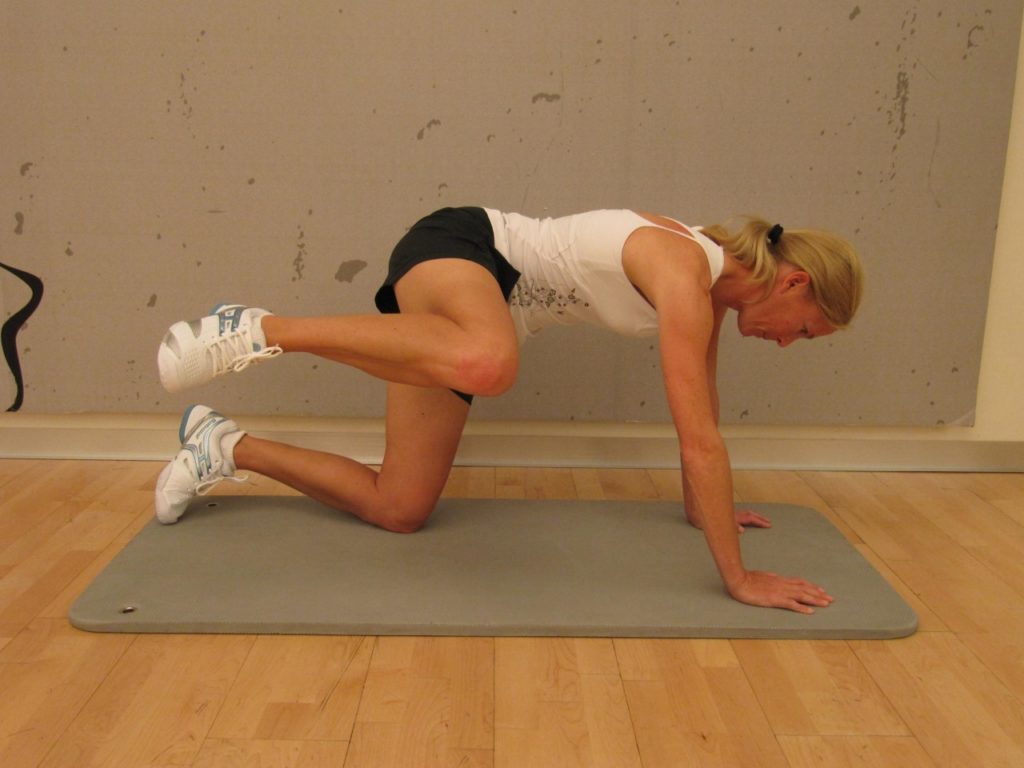
By Carl Petersen BPE, BSc (PT)
In this installment of Keeping You Fit to Play™ with Carl Petersen, we’re exploring the importance of a consistent training regiment, and providing you with chain exercises you can try with little to no equipment.
Consistent Training
Training should be consistent enough to force adaptations to the cardio-respiratory system (heart and lungs) and the musculo-skeletal system (soft tissue and bone).
Consistent training means:
- Knowing what you are doing, and working with professionals
- Having confidence in both your training program, and your plans
- Having confidence in both your on and off-court training plans
- Being able to justify what you are doing, and why you’re doing it based on research and experience
You will want to continually individualize your program based on your needs by progressing your training based on fitness gains, goals, and feedback from your tennis coach/pro, physiotherapists, and strength and conditioning coaches. Consistency is one antidote to the principle of reversibility: If you don’t use it, you’ll lose it. The training effect will be lost if training is stopped or spaced too far apart to trigger the adaptations.
Chain Exercises: Closed, Partially Closed, and Open
To understand the concepts surrounding closed, partially closed, and open kinetic chain, you should view your body as a length of chain. A closed-kinetic chain activity is defined as an activity in which the terminal joint meets considerable external resistance which prohibits or restrains free motion; whereas, an open-kinetic chain activity is defined as an activity in which the terminal joint is free.
Closed kinetic chain exercise occurs when the hands or feet support the body weight. A closed kinetic chain is best referred to as dynamic and functional, with the upper core and arms or lower core and legs working as an integrated unit. Closed-kinetic chain activities may help improve dynamic stability through joint approximation and co-contraction. Examples of this for the lower core and legs would be a squat, a split squat or a lunge.
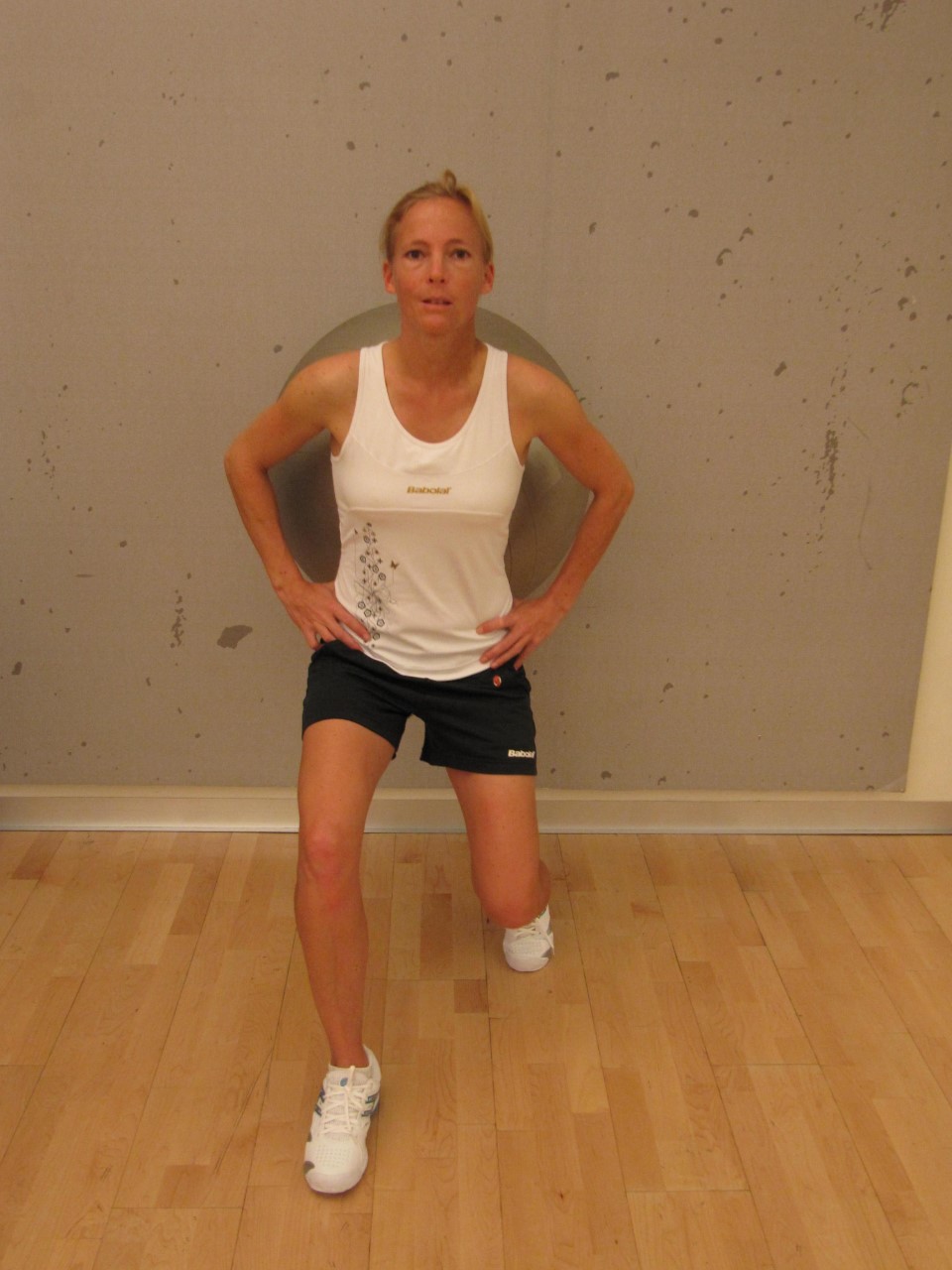
Open kinetic chain exercise occurs when the end of the chain (arms or legs) is not fixed and does not support the weight of the body. Open kinetic chain exercises are best characterized as isolation movements—for instance, leg extensions, leg curls, or bicep curls.

Partially closed chain exercises would be any that partially support your body weight and require an integrated response from the muscles of the body. Examples of this would be a push-up position where the hands and feet partially bear the weight or any activity that loads resistance through the hands and arms and into the torso, as when using resistance bands, for example.
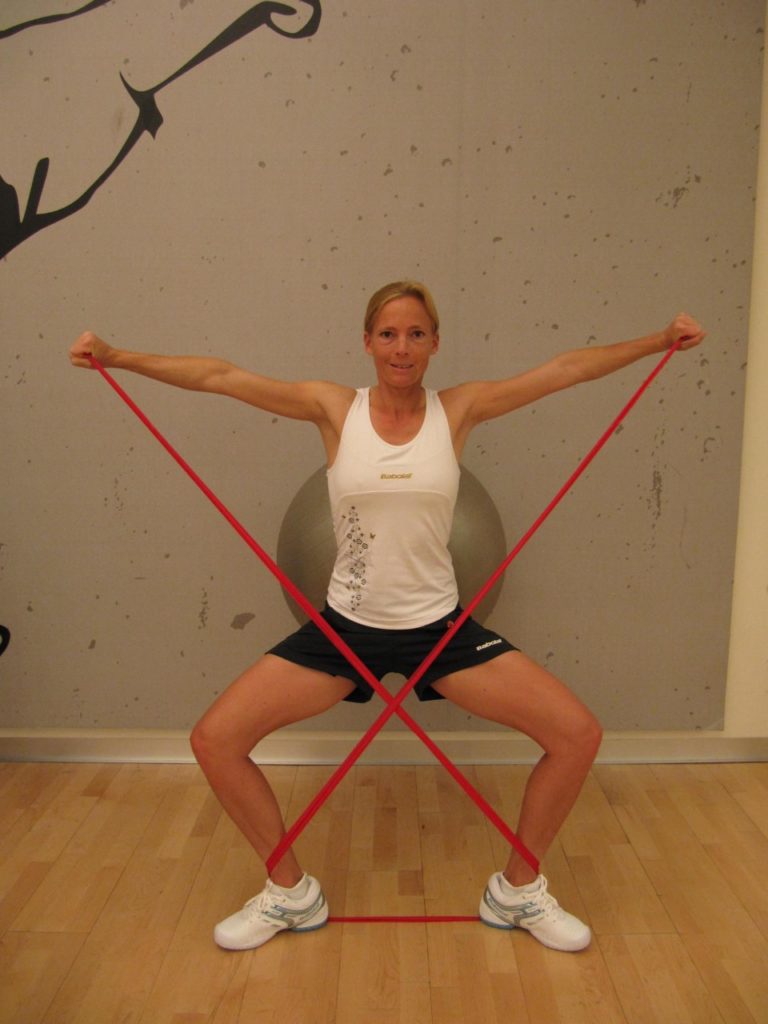
While tennis is a ground-based sport, it also has the upper core and arms swinging in multiple planes of motion as strokes are made. All of the body movements work within a kinetic chain linkage from the ground up through the trunk, which subsequently funnels the energy and power to the arms and hand. All three types of chain exercises (closed, open and partially closed) should be implemented in the training program based on the needs of the individual and the demands of the sport. Exercises should be performed with the following points in mind:
- Exercises should be done in a controlled, coordinated, and functional manner
- Exercises should work the hip in an extended position (because it is the position of activity and function)
- Exercises like step-ups, split squats, and lunges can be made more functional by adding elastic tubing to partially close the upper core and arm chain
- Activation of the kinetic chain sling patterns from the legs through the hips, and back to the shoulder allows for the restoration of the force-dependent motor activation pattern and normal biomechanical positions
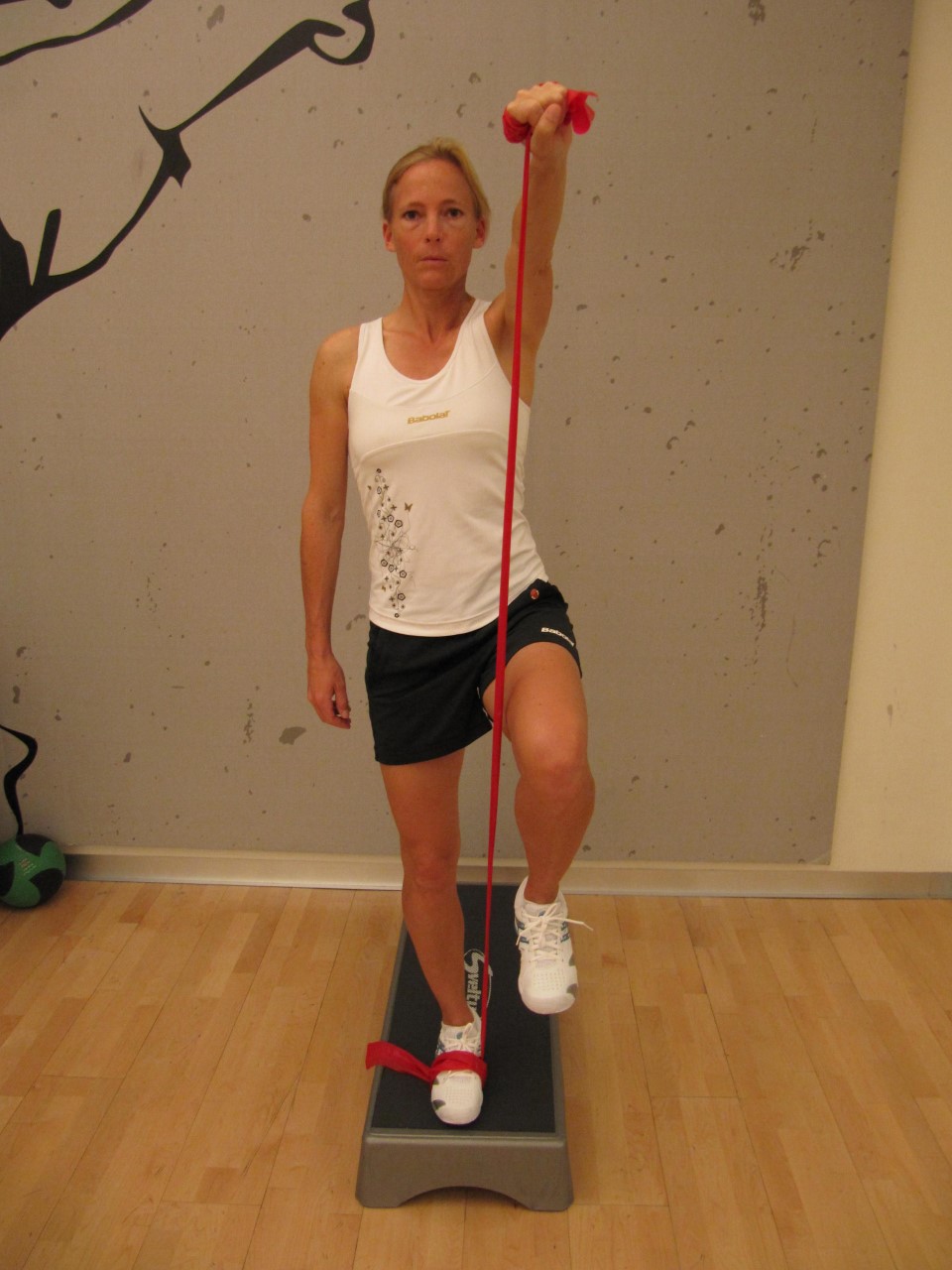
Keep it Fun
The key to maintaining consistency is to make your exercise regiment fun, convenient, and fulfilling. Try taking out 15 minutes of your day, and incorporating these exercises progressively into an exercise regimen. We’d love to see and hear about your progress – once you’ve attempted these exercises head over to our Instagram page and tag us in a story of you attempting your favourite one!
Carl Petersen
Carl Petersen is a partner/physiotherapist at City Sports & Physiotherapy Clinics in Vancouver. He has co-authored the book Fit to Play™-Tennis and the DVD series Fit to Play™ & Perform with Swiss based coach Nina Nittinger. Find more information by visiting www.citysportsphysio.com or e-mailing carl@citysportsphysio.com. For more training info follow Carl on Twitter @Fit2PlayCarl!
